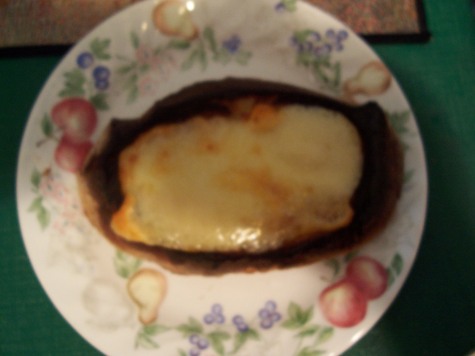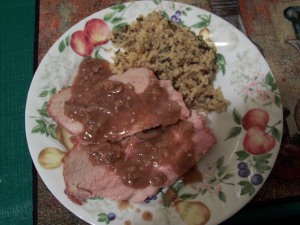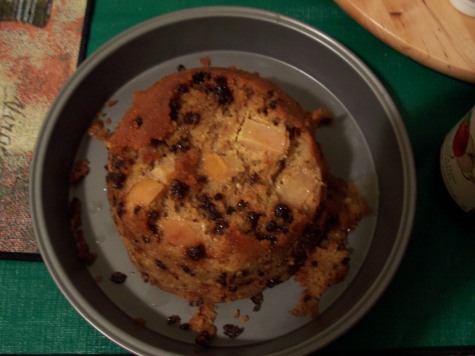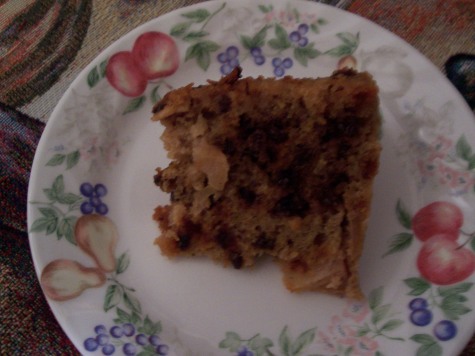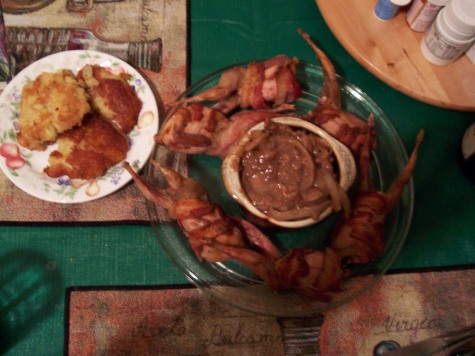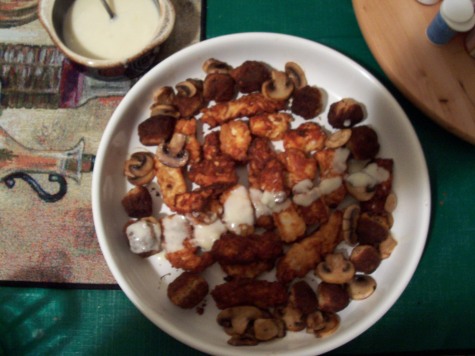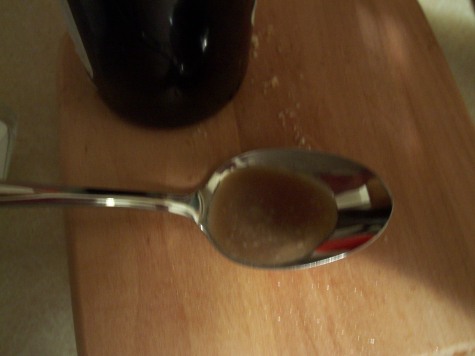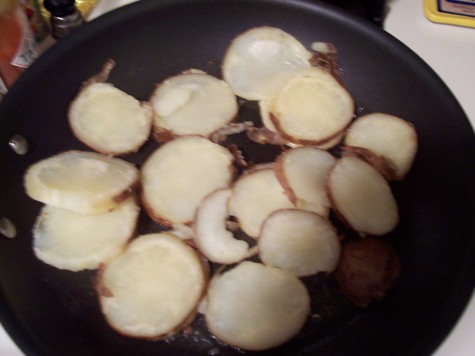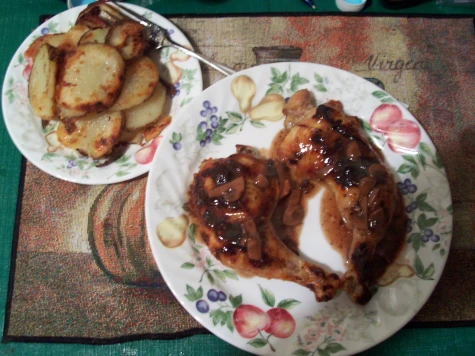I’d been hoping for opportunity and ability to come together so I could try this one out for a while. It’s an 18th Century recipe for gingerbread cookies (or biscuits…American culture hadn’t diverged far enough from that of Britain for those terms to carry the different meanings they do today) from the cookbook of one Polly Burling, a Quaker resident of Burlington County New Jersey in 1770 whose little book of recipes has been thoughtfully annotated and interpreted by Sue Huesken and Mercy Ingraham under the auspices of the Burlington County Historical Society. I picked the book up at a re-enactment at the Hancock House in the Spring – after all, Polly was using these recipes as Washington and Howe fought their “War of Posts” up and down New Jersey.
Polly’s recipes make a spare little book, with recipes for various dessert items, plus a couple of medicinal cures neither the Historical Society or I was very eager to experiment with. Despite that, it’s an interesting read, and the authors have loaded it with a lot of useful contextual information about what was available in 18th Century New Jersey.
I’ve been a gingerbread fan since I was a kid, so I naturally gravitated to this recipe, originally set down this way in 1770:
To Make Gingerbread: Nuts: Take 2 pounds of flour 1/2 Pound of Butter 1/2 Pound of Sugar a little Ginger a few seeds Orange or Lemon Peel, and wet it with Molasses
Gingerbread Nuts (from Colonial Burlington Cookery: A Book of Reciepts April 1770, Polly Burling)
- 4 cups flour
- 1/2 cup sugar
- 1 tbs ground ginger
- 1 tbs caraway seeds, crushed
- 1 tbs dried lemon or orange peel, minced
- 1 and 1/2 cup molasses (or dark English treacle if you can find it)
- 1/4 lb melted butter (one stick)
Mix flour, sugar, and spices. Combine molasses and melted butter. Add dry mixture to wet until you get a clay-like dough. Knead for several minutes. Roll balls of dough about 1 inch in diameter, and place on greased baking sheet. Bake at 300 degrees for 20-25 minutes, checking for doneness when baking smell first begins – err on the side of underdone.
The most notable diversion from modern gingerbread recipes is the inclusion of caraway, which was known as “cake seed” in the 18th Century and was apparently the characteristic “dessert spice” in much the same way that nutmeg was the characteristic spice for everything else. This recipe convinced me that I’m not much of a fan, but everyone else I’ve given these cookies to (the recipe makes around 80-90 depending on how big you roll them so I was able to test them on a lot of people) really liked the flavor, so it might just be a personal preference issue. If I made them again for myself, I’d probably add a little less caraway and maybe even put a little period-incorrect frosting on top to bump up the sweetness.


